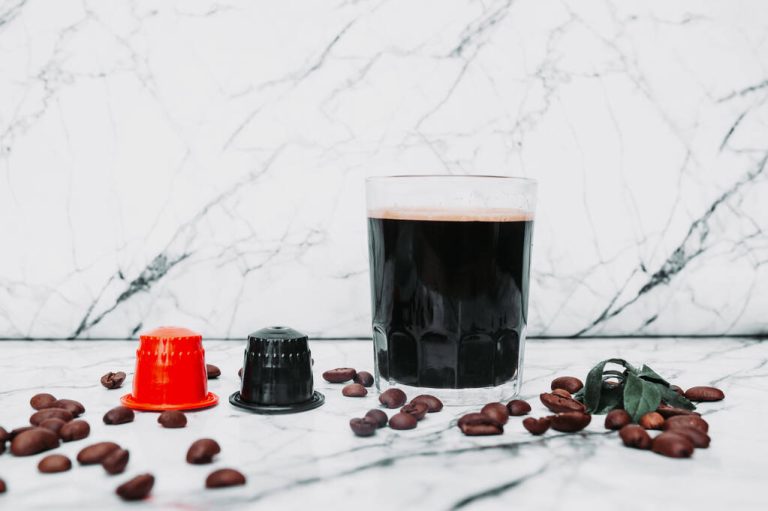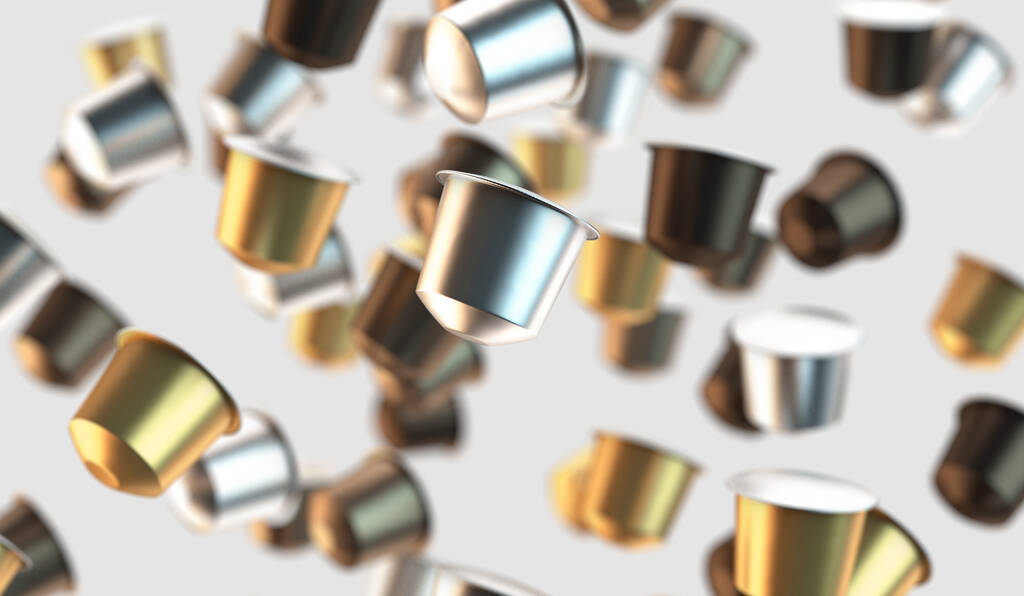What is the best way to save paper in everyday life? We have 10 tips for you on how you can easily reduce your paper consumption. This is not only good for the environment, but also for your wallet.
Why is papermaking problematic?
In order not to have a bad conscience with notes, exercise books or college pads, you can use recycled paper as a first step. Paper can be recycled up to seven times before it becomes too fragile.
Another advantage: With recycled paper you are not only doing something for the environment, but also for your wallet. As a rule, recycled paper is cheaper than fresh fiber paper. You can also protect the environment with good alternatives. Still, it’s best if you put as much effort into saving paper as possible.
Save paper in everyday life: 10 tips
It doesn’t take a lot of effort for that. With these 10 everyday tips, saving paper becomes child’s play:
Use scraps of paper: Does every note really need its own piece of paper? There are now many ways to digitally record shopping lists and to-do lists. However, if you can’t do without a piece of paper, you shouldn’t throw away half-written sheets immediately. Better to cut them in half or use the back side again. So you also have a piece of paper at hand for the next note.
Printing: When printing, you can also ask yourself whether you really need to print the document. If so, it doesn’t always have to be brand new paper. Do you perhaps have an already used piece of paper that you can print on the back of? If this is not possible in some cases, such as important documents for work, recycled paper helps here again.
Avoid paper bags: It is no longer a secret that plastic bags should be avoided. But only a few know that paper bags are not necessarily better either. That’s because few bags are made from recycled paper and they’re almost always made from virgin fiber paper. So it is best to make sure that you always have your own fabric bag with you.
Cloth instead of paper: You can save paper by using cloth handkerchiefs instead of handkerchiefs and by using a rag more often instead of kitchen roll. Both can be washed and reused.
“No advertising”: You often have unwanted brochures, catalogs and magazines in your mailbox. Instead of throwing them away without comment, you can cancel them by phone or by writing to them. It also helps to put a “No Ads” notice on the mailbox. This is how you avoid unwanted mail.
Waste separation: Used paper is a valuable raw material and should therefore be disposed of separately. For example, the following do not belong in the waste paper: beverage cartons, receipts and pizza boxes.
Save paper in the office: Huge amounts of paper can also be saved in the office. If you scan forms or store digital documents on external storage and make regular backups, you don’t have to print them out and file them in folders.
Reuse newspaper: After reading the newspaper in the morning, you don’t have to throw it away right away. More and more people are using these as an alternative to wrapping paper. It looks beautiful and is also sustainable. Newspaper can also serve as protection to pack fragile items.
Reduce wrapping paper: In addition to newspaper, you can also use alternatives to lovingly wrap gifts for your loved ones. Pack them in cloths or cloth bags, for example.
Avoid ordering on the Internet: Order as little as possible on the Internet. Cardboard boxes and packaging are made of corrugated cardboard, which cannot be recycled. It is therefore better to support local trade in your area and save paper at the same time.
It already helps to realize how valuable paper is and that it doesn’t take much effort to break everyday routines. With these small things you can already relieve the environment a lot.







